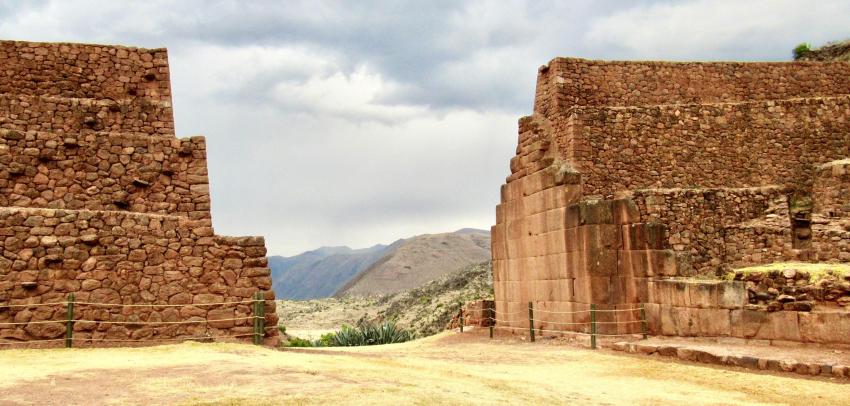Pikillaqta
Abandoned Wari City

Pikillaqta is one of very few examples of a pre-Inca city that the Inca didn’t also use. Consequently, it fell into disrepair centuries before the Spanish invasion.
The Quechua name can be translated as “flea town,” which could have referred to its small size or small importance. When you’re there, it doesn’t feel small at all. What the Inca did add was the gate below, which they used to control entrance to the Cusco Valley from the south.

The Wari ruins are made of rough stones, stacked, with some mortar. The Inca gate is partly constructed of rough stones, but also has a section of classic Inca architecture: massive stones perfectly cut so they fit together like puzzle pieces without any mortar.
It’s on the hillside above Huacarpay and the best way to get there is to get on one of the busses that goes to Sicuani, then get off at the archeological site.
You need the full BTC to visit Pikillaqta. Available on site for s/130 cash.